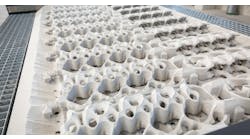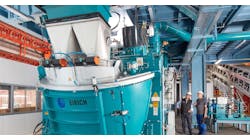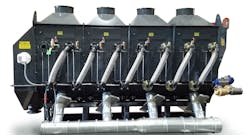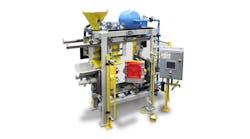The U.S. Environmental Protection Agency released the results of a risk-assessment study it conducted, examining the environmental effects of spent foundry sands, concluding there are some applications that will not endanger human health and may yield some environmental benefits. The study was conducted by EPA together with the U.S. Department of Agriculture and the Ohio State University.
The spent foundry sand considered in the study is silica-based material that has become ineffective as core or molding sand due to excess heat and abrasion after several cycles of use by iron, steel, and aluminum foundries. Sands used by leaded and non-leaded brass and bronze foundries, and spent olivine sands were not assessed.
“There is potential for substantial growth in the recycling of silica-based spent foundry sands,” stated assistant administrator Mathy Stanislaus, of EPA’s Office of Solid Waste and Emergency Response. “Our risk assessment concludes that the evaluated reuses are environmentally appropriate.”
The results of the study prompted EPA and the USDA to endorse beneficial use of silica-based spent foundry sands in manufactured soils, soil-less potting media, and as a foundation layer in road construction. EPA concluded that these are “environmentally appropriate” uses because the constituent concentrations in the sands are less than the agency’s health and environmental benchmarks.
EPA estimated these specific uses, at current use-rates, would have the following environmental benefits over one year:
• Energy savings equivalent to the annual electricity consumption of 800 homes;
• CO2 emissions reductions equivalent to removing 840 cars from the road; and,
• Water savings of 7.8 million gallons.
EPA encouraged foundries and foundry sand recyclers to consult state regulations to ensure planned uses are consistent with state beneficial use and waste-management programs, and that the chemical and physical properties of the sand meet applicable state environmental limits, engineering performance criteria, and other state requirements.
“Advancing the environmentally sound, beneficial use of industrial materials, such as spent foundry sands, provides substantial opportunities for addressing climate change and air quality, enhancing state, tribal and local partnerships, reducing costs, and working toward a sustainable future,” Stanislaus concluded.









